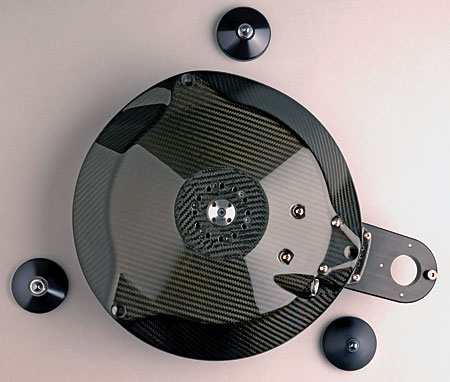| Columns Retired Columns & Blogs |
In a world of turntables where bigger is better and biggest is best, the Grand Prix Audio Monaco turntable (or more properly, as you’ll come to appreciate, motor unit) doesn’t just break the rules, it seems to take each one in turn and wantonly ignore, discard or reverse it. It is shamelessly compact, embarrassingly easy and precise to set up, it will accommodate just about any tonearm you might choose and in high-end terms at least, it is ludicrously under-priced. What sort of prop to an audiophile’s ego is this? And I haven’t even got to its greatest transgression, for yes, yes indeed, the Grand Prix Audio Monaco has communed with the devil of direct drive and sold its soul for pitch security like you’ve never heard.
Versatile, practical, stable and supremely easy to use, this diminutive turntable generates a sound of awesome authority, clarity and musical coherence. Its hightech materials and critically damped plinth and platter system deliver an intelligent solution to the mechanical problems of record replay that dovetails perfectly with the supreme accuracy of the direct drive motor. The result is a ‘table that sounds unlike any other I’ve used, virtually devoid of what we’ve come to recognise as vinyl sound. In the review I questioned whether this might be a harbinger of things to come. In performance terms that’s certainly true and now, if rumours circulating are to be believed, it’s true in technological terms too. Sometimes, breaking the mold can be a truly liberating experience.
Roy Gregory - Hi-Fi Plus






































